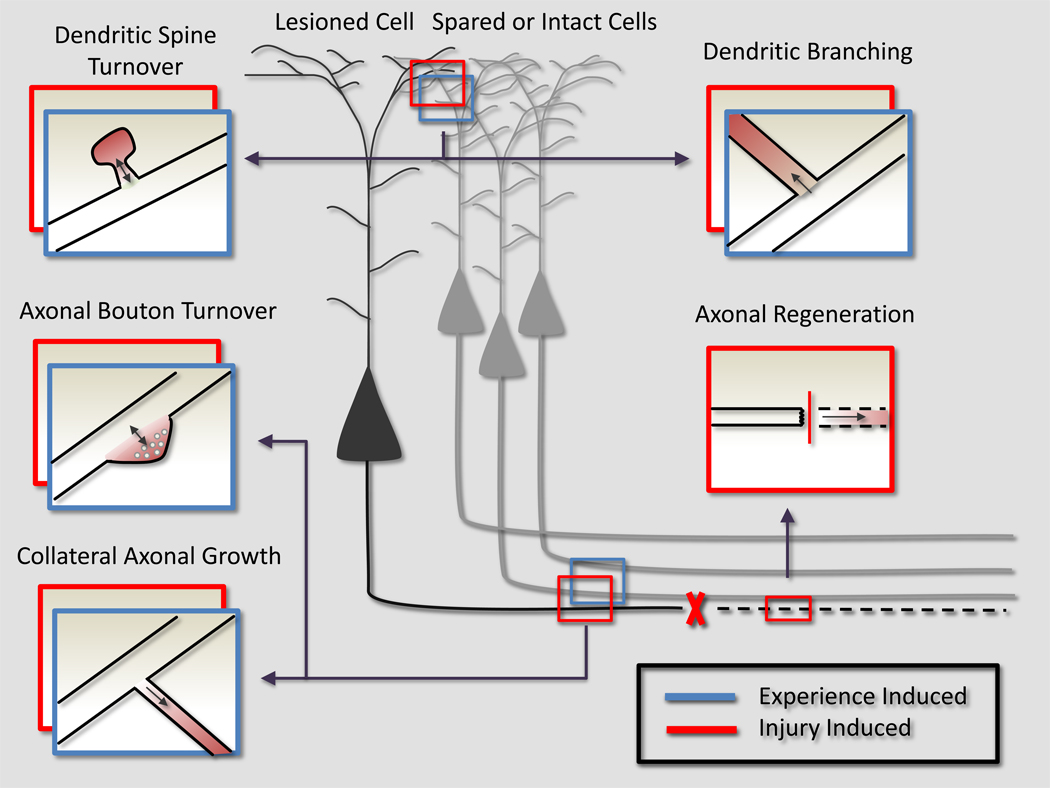Figure 3. Myelin Inhibits a Spectrum of Growth in both the Intact and Injured CNS.
An injury (red boxes) that severs an axon of a projection neuron leads to a wide spectrum of compensatory growth (represented as a red, emerging process off the original neurite). Anatomical rearrangements in either injured (black) or spared (grey) neurons contribute to functional recovery. This entire spectrum, in both injured and uninjured neurons, is limited by MAIs. In the absence of MAIs, the severed axon could regenerate through the lesion. More rostrally, the injured neuron could sprout collateral dendritic or axonal processes to create multisynaptic connections to bypass the lesion. More subtle changes in the injured neurons synaptic connections, such as differential dendritic spine and axonal bouton turnover and formation, could also redirect signals from the injured neuron around the lesion. In the setting of an injury, spared neurons (grey) can also sprout collateral dendrites or axons, or change their pre or post-synaptic connectivity in an attempt to reroute signaling into the denervated tissue.
Experience (blue boxes) stimulates anatomical rearrangements that encode the plastic response to experience. MAIs are known to limit experience-dependent plasticity, and we propose that this is because they also limit anatomical rearrangements in the intact CNS. Experience can be encoded through anatomy by promoting dendritic or axonal collateral growth, or more subtly, the differential stabilization of pre or post-synaptic structures. Ultimately, a common molecular system that regulates cytoskeletal rearrangements links the entire of spectrum of growth, regardless of the initial stimulus (injury or experience).

